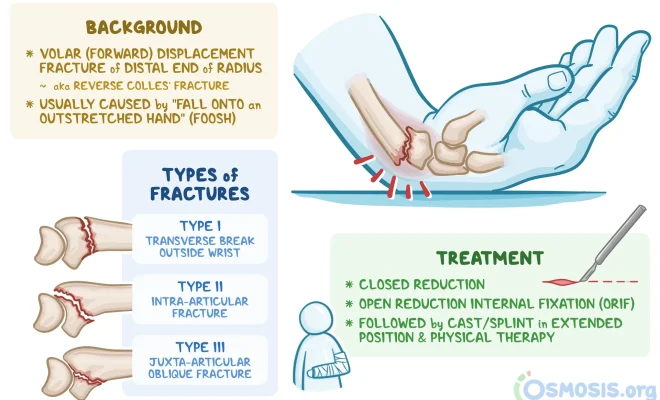4 Ways to Load and Unload Trucks and Containers

Efficient loading and unloading of trucks and containers are crucial for a successful supply chain operation. Proper methods not only save time and resources but also prevent possible accidents and cargo damage. This article will discuss four ways to make the process of loading and unloading much smoother.
1. Manual Loading and Unloading
Manual loading is the traditional method of handling cargo using human labor and basic equipment like pallet jacks, hand trucks, or dollies. Workers physically load and unload items one at a time or in small groups. This method requires proper training in manual lifting techniques to prevent injuries. Although it lacks the efficiency of advanced technology, manual loading can be cost-effective in small facilities or with lightweight cargo.
2. Forklift Operations
Forklifts are by far the most common equipment used in material handling for warehouses, distribution centers, and other industrial settings. Designed to transport a variety of materials (most commonly on pallets), forklifts are versatile, maneuverable, and can handle heavy loads effortlessly. They require operators to have appropriate training and a valid forklift license. Forklift operations offer increased efficiency compared to manual loading but do come with higher upfront costs for equipment purchases or rental.
3. Conveyor Systems
Conveyor systems are another popular method of loading and unloading trucks or containers efficiently. There are many types of conveyor systems to choose from such as roller, belt, or chain conveyors which can be customized to fit your specific needs. Conveyor systems can rapidly move large quantities of items and also provide substantial efficiency improvements over manual handling or forklift operations when properly implemented. Keep an eye on maintenance requirements, energy consumption, and initial investment costs when considering this method.
4. Automated Guided Vehicles (AGVs)
Finally, AGVs have garnered attention in recent years as an advanced solution for loading/unloading tasks in warehouses and distribution centers. These driverless vehicles use various sensors and navigation technology to follow predefined routes while moving materials from one location to another. AGVs excel at repetitive tasks and provide exceptional efficiency, improved safety, and reduced labor dependence. As with the other methods, the cost of implementation and maintenance may be considerable depending on your facility size and needs.
In conclusion, there are many ways to load and unload trucks and containers, each with its own set of advantages and disadvantages. It is essential to assess your specific needs, budget, and operational requirements when deciding on the most suitable method for your business. By making careful evaluations and investing in proper training and equipment, you can optimize your cargo handling processes for better overall performance.






